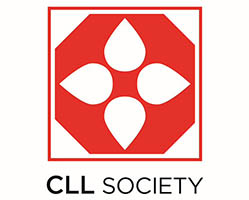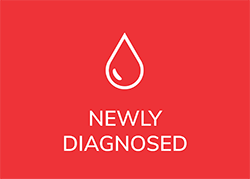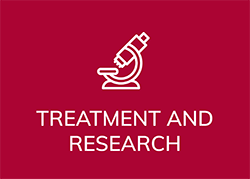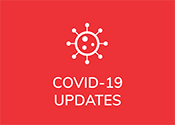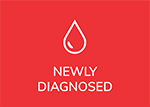Home » Treatment and Research » Chemotherapy
Chemotherapy
Chemotherapy damages the cells’ DNA and non-specifically kills anything that grows quickly, such as cancer cells, but also skin, hair, gut, and normal blood cells. In CLL / SLL, common drugs are fludarabine (F), cyclophosphamide (C), bendamustine (B), and chlorambucil. Chemotherapy is more effective when combined with immunotherapy, but there is a diminishing role for it in treating CLL / SLL.
The development of effective targeted therapies, plus more widespread pre-treatment testing to evaluate which patients will actually benefit from chemotherapy and which will not, has resulted in a greatly diminished role for chemotherapy to play in the treatment of CLL.
Action Items for Chemotherapy
Newer, targeted therapies work better.
Nearly all studies comparing newer targeted therapies with chemotherapy have proven that the new therapies work better.
Chemo-immunotherapy combines chemotherapy with a monoclonal antibody.
It’s hard to imagine a clinical setting in CLL / SLL where chemotherapy should be used without the addition of a monoclonal antibody such as rituximab or obinutuzumab. This combination is called chemo-immunotherapy or CIT.
Chemotherapy is less often preferred.
Most leading CLL experts no longer recommend chemotherapy for most of their patients.
FEATURE
EHA 2021 Top Pick #11: Fixed-Duration Ibrutinib and Venetoclax (I+V) Versus Chlorambucil Plus Obinutuzumab (Clb+O) for First Line (1L) Chronic Lymphocytic Leukemia (CLL): Primary Analysis of the Phase 3 GLOW Study
Ibrutinib and Venetoclax have as we like to say at the CLL Society orthogonal or complementary mechanisms of action. Ibrutinib inhibits chronic lymphocytic leukemia or CLL cells’ proliferation and gets the cancer cells out of their protective niches in the nodes and bone marrow and into the blood stream where they are easier to kill. Venetoclax on the other hand, is a speedy and efficient killer of CLL cells, especially those circulating in the blood stream. They should make a great team. Preclinical research suggests that the combination of I+V may allow for a potent oral, fixed-duration (FD) treatment. Dr. Arnon Kater presented the late breaking abstract with the results of the GLOW study, the first randomized study of first-line fixed duration I+V in CLL / SLL patients at the European Hematology Association (EHA) 2021, which took place virtually. Read More.

RECENT NEWS
When appropriate, the CLL Society will be posting updates and background information on the present Coronavirus pandemic focusing on reliable primary sources of information and avoiding most of the news that is not directly from reliable medical experts or government and world health agencies.
